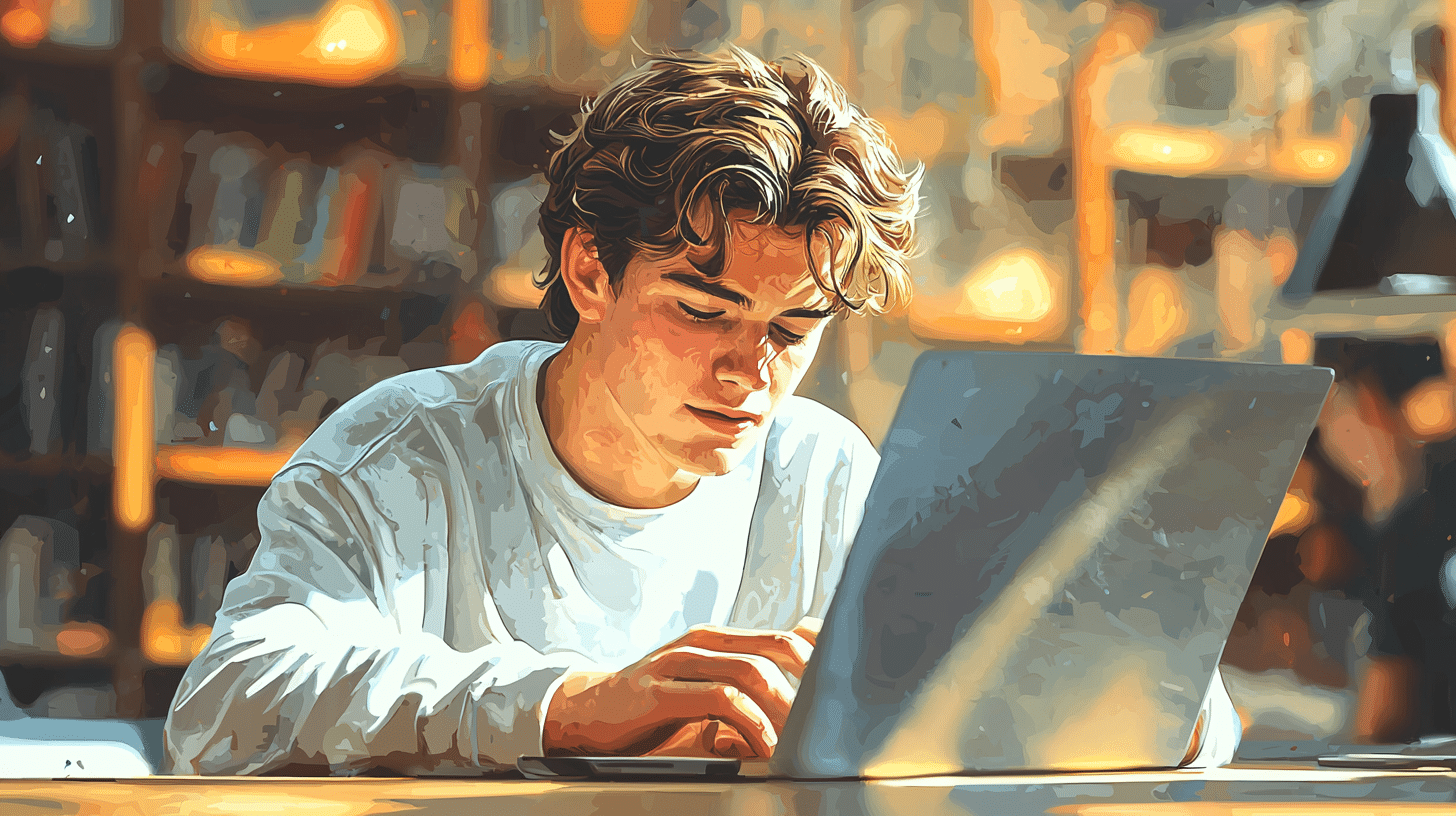Learning a new language can be an exciting and rewarding journey, but it often comes with its own set of challenges. One such challenge for English speakers learning Italian is understanding the use of definite and indefinite articles. While English has its own rules for articles, Italian adds a layer of complexity with gender and number variations. This article aims to demystify the use of definite and indefinite articles in Italian, providing you with clear explanations and practical examples to guide you through this crucial aspect of the language.
Definite Articles
In Italian, definite articles correspond to the English “the.” However, unlike English, Italian definite articles change according to the gender (masculine or feminine) and number (singular or plural) of the noun they precede. Additionally, the initial letter of the noun influences the form of the article.
Masculine Definite Articles
Singular:
1. Il – Used before masculine nouns starting with most consonants.
– Examples: il libro (the book), il cane (the dog)
2. Lo – Used before masculine nouns starting with:
– Z (e.g., lo zucchero – the sugar)
– S + consonant (e.g., lo studente – the student)
– GN, PS, PN, X, Y (e.g., lo psicologo – the psychologist)
3. L’ – Used before masculine nouns starting with a vowel.
– Examples: l’amico (the friend), l’orologio (the clock)
Plural:
1. I – Used before masculine nouns starting with most consonants.
– Examples: i libri (the books), i cani (the dogs)
2. Gli – Used before masculine nouns starting with:
– A vowel (e.g., gli amici – the friends)
– Z (e.g., gli zuccheri – the sugars)
– S + consonant (e.g., gli studenti – the students)
– GN, PS, PN, X, Y (e.g., gli psicologi – the psychologists)
Feminine Definite Articles
Singular:
1. La – Used before feminine nouns starting with a consonant.
– Examples: la casa (the house), la scuola (the school)
2. L’ – Used before feminine nouns starting with a vowel.
– Examples: l’amica (the friend), l’isola (the island)
Plural:
1. Le – Used before all feminine nouns, regardless of the initial letter.
– Examples: le case (the houses), le amiche (the friends)
Indefinite Articles
Indefinite articles in Italian correspond to the English “a” or “an.” Like definite articles, they also change according to the gender and initial letter of the noun.
Masculine Indefinite Articles
1. Un – Used before masculine nouns starting with most consonants and vowels.
– Examples: un libro (a book), un amico (a friend)
2. Uno – Used before masculine nouns starting with:
– Z (e.g., uno zucchero – a sugar)
– S + consonant (e.g., uno studente – a student)
– GN, PS, PN, X, Y (e.g., uno psicologo – a psychologist)
Feminine Indefinite Articles
1. Una – Used before feminine nouns starting with a consonant.
– Examples: una casa (a house), una scuola (a school)
2. Un’ – Used before feminine nouns starting with a vowel.
– Examples: un’amica (a friend), un’isola (an island)
Special Cases and Exceptions
Italian articles can be tricky, and there are a few special cases and exceptions to keep in mind.
Contractions
In spoken and informal written Italian, contractions often occur. For example, “in” + “la” becomes “nella,” and “di” + “i” becomes “dei.” These contractions are essential for fluid speech and writing but can be confusing for beginners.
Proper Nouns
When it comes to proper nouns, Italian sometimes uses definite articles where English does not. For example, Italians might say “il Dante” to refer to the famous poet Dante Alighieri, though in English we would simply say “Dante.”
Geographical Names
Geographical names also present unique challenges. For instance, you would use “la” for “la Francia” (France) and “il” for “il Canada” (Canada). However, some geographical names do not require an article, such as “Roma” (Rome).
Common Mistakes and Tips
Gender Confusion
One of the most common mistakes is confusing the gender of nouns. Unlike English, Italian nouns have a gender, and this affects the article you use. Always make sure to learn the gender of a noun when you learn the word itself.
Plural Forms
Another frequent error is forgetting to change the article when making a noun plural. For instance, “il libro” becomes “i libri,” not “il libri.”
Practice Makes Perfect
The best way to master the use of articles in Italian is through practice. Engage in exercises, read Italian texts, and try to write your sentences. Over time, you’ll become more comfortable with the rules and exceptions.
Practical Exercises
Here are some practical exercises to help reinforce your understanding of definite and indefinite articles in Italian.
Exercise 1: Fill in the Blanks with the Correct Definite Article
1. ____ macchina (the car) – (Answer: La macchina)
2. ____ amici (the friends) – (Answer: Gli amici)
3. ____ libro (the book) – (Answer: Il libro)
4. ____ orologio (the clock) – (Answer: L’orologio)
5. ____ zucchero (the sugar) – (Answer: Lo zucchero)
Exercise 2: Fill in the Blanks with the Correct Indefinite Article
1. ____ casa (a house) – (Answer: Una casa)
2. ____ amico (a friend) – (Answer: Un amico)
3. ____ studente (a student) – (Answer: Uno studente)
4. ____ isola (an island) – (Answer: Un’isola)
5. ____ psicologo (a psychologist) – (Answer: Uno psicologo)
Conclusion
Mastering definite and indefinite articles in Italian may seem daunting at first, but with consistent practice and attention to detail, you can overcome this challenge. Remember to always consider the gender and number of the noun, as well as any special initial letters that might affect the article. By incorporating these rules into your language practice, you’ll be well on your way to fluency in Italian. Buona fortuna! (Good luck!)

